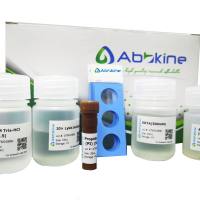DNA Extraction from Natural Environments
互联网
432
Until recently, studies on microbial communities present in natural environments relied on conventional optical microscopic observation and cultivation-based approaches. Although these traditional approaches remain valuable, they have a number of limitations. The most commonly cited limitation stems from the finding that the majority of microbial cells in natural environments cannot be cultured in the laboratory—the phenomenon of nonculturability. The fraction of bacteria in soil, e.g., which can be cultured forms only approx 0.3% of the total number of cells that are observed microscopically (1 ). By contrast, newer methods based on the use of molecular biology methods to analyze total extracted DNA from natural specimens, potentially sample the entire population and, thus, provide a better representative picture of the total microbial community.









